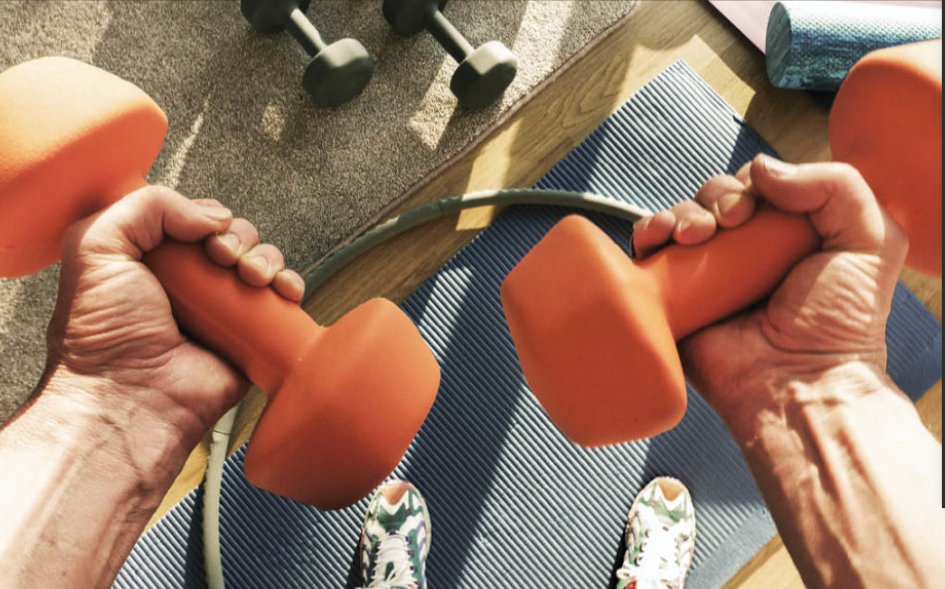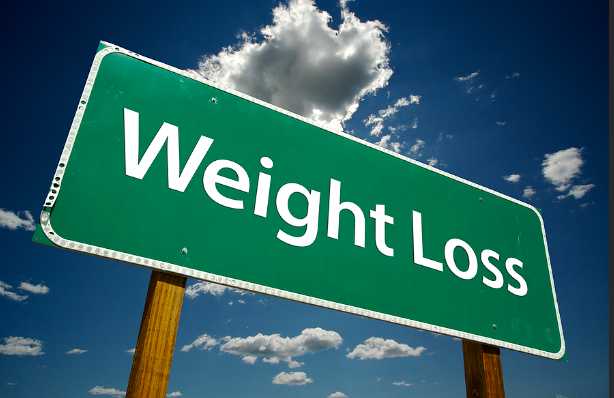The scientific literature is replete with correlations between a person’s health status and various biomarkers, personal characteristics, and measurements. As we accumulate more and more data and develop increasingly sophisticated autonomous analytical tools, we will stumble upon new connections between seemingly unrelated variables. Some will be spurious, where the correlation is real but the variables do not affect each other. Others will be useful when the correlation suggests real causation, or at least a real relationship.
One of my favorite health indicators is grip strength, which is both modifiable and a good indicator of the condition it predicts.

Benefits of Grip Strength
Among middle-aged and older adults, grip strength consistently predicts the risk of death from all causes, even more effectively than blood pressure. Among older women with disabilities, grip strength predicts all-cause mortality, even when controlling for disease state, inflammatory load, depression, nutritional status, and inactivity.
Poor grip strength was also an independent risk factor for type 2 diabetes in all races, and it predicted the presence of osteoarthritis of the knee. Among Korean adults, those with weaker grip strength had a greater risk of clinical depression.
Even though handgrip strength does not predict disease, it still predicts quality of life in patients with disease. The relative rate of decline in grip strength in healthy people is a good indicator of the overall aging process. The faster the decline, the faster the aging. Slower (or no) decline, slower aging. Stronger people – as evidenced by their grip strength – are simply better at navigating the physical world and remaining independent in old age.
So how do you build grip strength?

10 Ways to Build Grip Strength
Most people can get a firm enough grip if they can consistently lift heavy objects.
- push.
Hard lifts are time-tested grip strength builders. Big grip hard lifts are also great for emphasizing your grip at a slightly different angle. - pull-ups and 3. chinups
Both require great grip skills.
Any exercise where your grip supports your own body weight or an external weight (such as a barbell, dumbbell or kettlebell) will improve your grip strength. But there are other, more targeted movements that you can try to turn your hands into a vise. Such as.
- bar hanging
This is simple. Hang from a bar (or a tree branch, or a traffic light) with your hands. This is probably the purest expression of grip strength. It’s also a great stretch for your latissimus dorsi, chest, shoulders, and thoracic spine.
Aim to reach one minute. If hanging with two hands is too easy, try hanging with one hand. You can use a lower bar and keep one foot supported on the ground as you transition to a full one-handed suspension.
- Sledgehammer work
Take the heaviest sledgehammer you can carry and use it in different ways.
If you can only choose one sledgehammer move to aim your grip at, then do a bottom-up move. Hold the hammer face down in your hand, pointing toward the ground, swing it upward and hold it there with the hammer head facing upward to grab the hammer. Hold the handle parallel to your torso with your wrist straight and don’t let it fall. The lower you hold the handle, the harder your forearms (and grip) will work.
- Fingertip push-ups
Most people who try fingertip pushups do them one way. They straighten their fingers and tilt their palms toward the ground. Like this. Those are great, but there’s another technique:the claw. As for clawing, make a claw with your hand, like this, as if you’re trying to grab the ground. In fact, do try to grab the ground. This makes your fingers more active, builds more strength and flexibility, and prevents you from resting on connective tissue.
This is hard for most people. They do a lot of damage to the connective tissue, which is often underutilized in the hands and forearms. Don’t jump straight to fingertip pushups – unless you know you can do them. Start on your knees and gradually push them back to increase resistance. Once your body is fully recovered and you feel comfortable, start doing full push-ups.
- Active two-handed push-ups
This is similar to the claw push-up, except that your palms are placed face down on the floor. The palms are flattened and the “claw” fingers move. They are easier than fingertip pushups. - Farmer’s walk
Today, the average person no longer carries buckets, bales of hay and bags of feed over uneven ground as they did when more than 30% of the population lived on farms, but the average person can quickly rise above the average by taking a farmer’s walk a few times a week. What are farmers’ walks?
Grab two weights, stand up, and walk around. They can be dumbbells, barbells, kettlebells, or trap bars. You can go up a hill, down a hill, or around a circle. You can shrug your shoulders, or end your walk with a hard lift or swing. The key is to hold the weight in your hands.
- Pinch Grip
Grab and hold the weight plate with your thumb and each finger. - Hammer curls
The next time you do curls, do a couple sets of hammer curls. This is the same as normal bicep curls, the difference is that you’re going to hold the weights in a hammer grip with your palms facing each other as if you were holding a hammer. Make sure your wrists are as straight as possible.

The problem with grip is that if your grip isn’t getting stronger, healthier, and faster, you’re going to have a hard time doing grip. Hard lifts build grip strength, as well as strength in the back, hips, glutes, and torso. Fingertip dips make your hands and forearms strong, but they also work your chest, triceps, abs, and shoulders. That’s why I suspect that grip strength is a barometer of overall health, wellness and longevity. Almost every meaningful physical activity requires you to use your hands to maneuver a lot of weight and take a lot of pressure.
Therefore, the best way to train your grip strength is to move normally. Heavy hard lifts and farmer’s walks are probably more effective than spending half an hour gripping with every possible thumb/finger arrangement because they’re better for the whole body. But if you have a few extra minutes during your workout, add in some specialized grip training.
Your grip can handle it. The grip muscles in your hands and forearms are primarily slow muscle fibers, which means they’re designed for prolonged exertion. They’re also gross movers, which means you’ve been using them for a variety of tasks and for decades. In order for them to adapt, you need to stress them with high weights. Train your grip with high reps, heavy weights and for long periods of time. That’s why hard lifts and farmer’s walks are good for your grip – they force you to maintain a grip on a heavy barbell or dumbbell throughout, with little to no rest.
Oh yeah, and get some Fat Griz. These attach to dumbbells and barbells, increasing the diameter of the barbell, giving you less leverage when gripping, and forcing you to adapt to new gripping conditions by getting stronger.
Now, will all this grip training really protect you from aging, type 2 diabetes, osteoarthritis, and early all-cause mortality? Maybe yes, maybe no.
But it – and the muscle and health you gain through all those exercises – certainly won’t hurt you.


